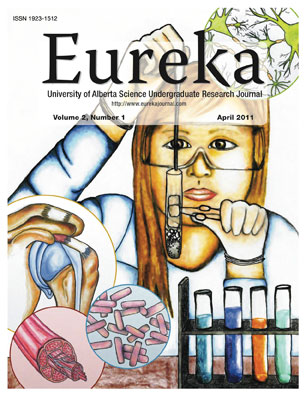Zeno paradox: A relativistic approach to solution
DOI:
https://doi.org/10.29173/eureka10297Abstract
Zeno of Elea was brilliant producing paradox [1]; the most famous is the story of Achilles and the tortoise. It can be summarized in these words: Achilles and the tortoise decide to have a race. Because Achilles can run twice as fast as the tortoise he gives her a long head start. Now, says Zeno, by the time Achilles reaches the tortoise’s starting point she would have moved ahead by half the distance of her lead. And by the time Achilles reaches that point she would have moved on by half of that distance. And so on, and so forth, ad infinitum. Achilles is never able to catch up with the tortoise, because at each point, by the time he has covered the distance between them, she will always have moved on further by half of that distance. As Magee [1] points, it is here an impeccable logical argument that leads to a false conclusion. As Borges [2] reports, many previous works had focused looking for a fault in the logic [3] but they all have failed, so Borges suggests looking back to the concept of our world.
In this work, we shall use such suggestion focusing in the relativity theory. We are convinced that the inaccessibility of the paradox lies in work under the Galilean transforms in the Newtonian world. Despite this, we will try to see the problem under the Lorentzian transforms in the Eistenian world. For this purpose we first take a look at the paradox in Galilean mathematical terms and then we will look at the paradox under Lorentzian transform.
Downloads
Downloads
Published
How to Cite
Issue
Section
License
By signing the Eureka publication agreement, authors agree to the following:
- The work has not been previously published in any format;
- Eureka is granted the royalty-free right to publish and disseminate the work in current and future formats;
- The work will be published in Eureka under a Creative Commons license. Eureka encourages authors to publish the work under a Creative Commons Attribution 4.0 International license (CC BY 4.0) that allows others to distribute, tweak, and build upon the work, even commercially, as long as they credit the Author(s) for the original creation.
Authors may however choose to have their work distributed under any of the Creative Commons licenses currently available by specifying their preferred license in the publication agreement. A description of the Creative Commons licenses is available here: https://creativecommons.org/licenses/
- Authors retain their copyright, including the right to subsequently publish or disseminate their work elsewhere, provided that they make reasonable efforts to ensure that the publication in Eureka is acknowledged.
- Authors agree to determine, prior to publication, whether it is necessary to obtain permissions from any third party who hold rights with respect to any photographs, illustrations, drawings, text, or any other material (“third party work”) to be published in connection with your work. Copyright permission will not be necessary if the use is determined to be fair dealing, if the work is in the public domain, or if the rights-holder has granted a Creative Commons or similar license.
- All co-authors and investigators (e.g. faculty supervisors) with claims to the intellectual property have read and signed the agreement, thereby providing their consent for the submission to be published in Eureka.
Unless otherwise specified, authors guarantee that all parts of the submission are the author’s original work. Submissions containing evidence of plagiarism will not be eligible for publication.



